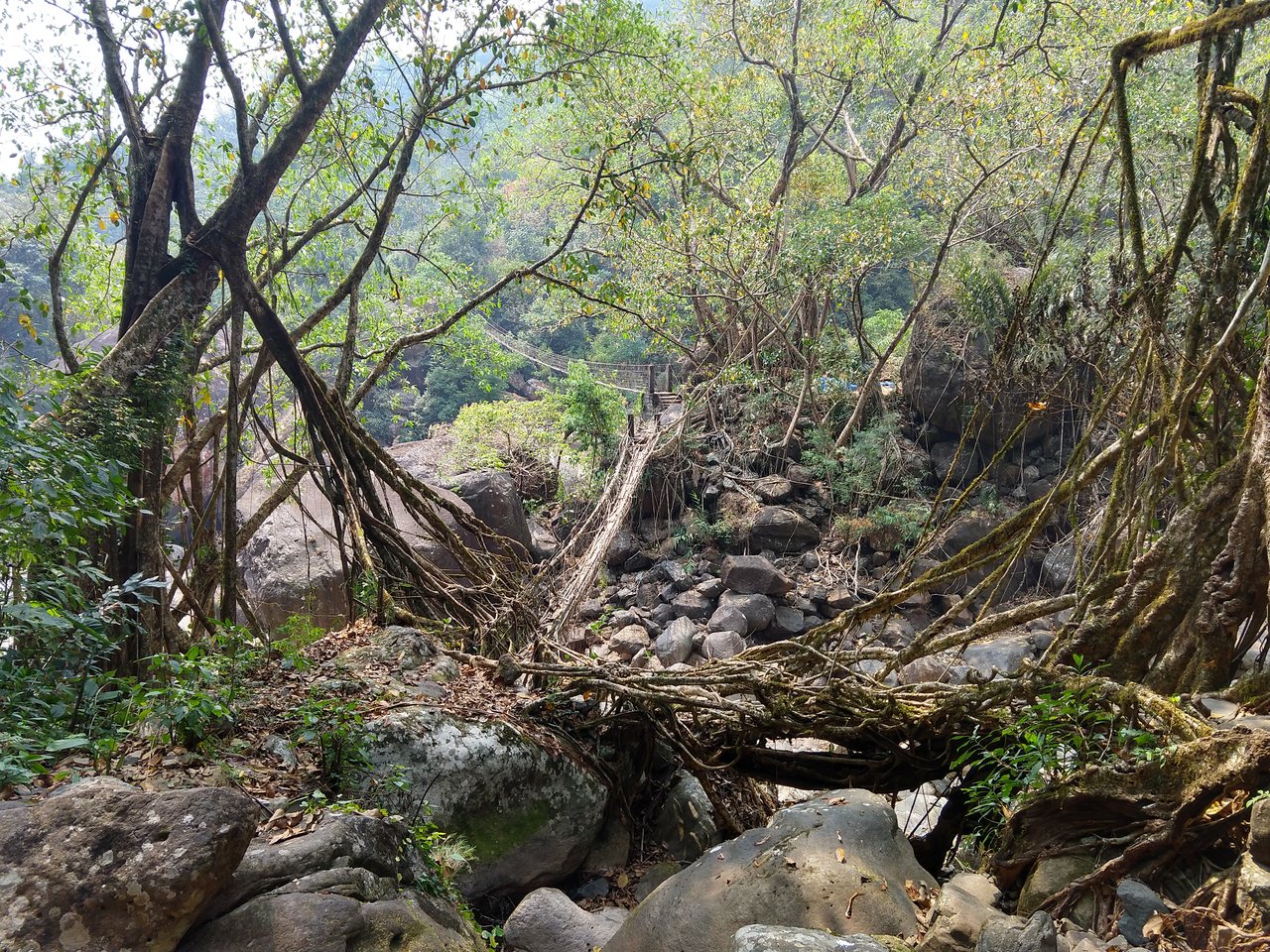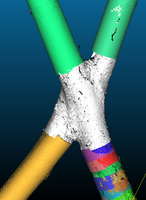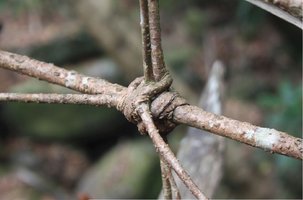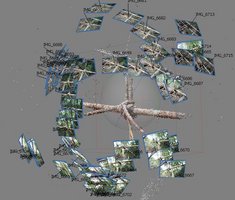Structural Investigations into Meghalaya’s Living Root Bridges

The benefits of integration of trees in human systems are becoming ever clearer. Alongside the carbon absorption effects and localised temperature regulation, trees contribute to thriving ecosystems, and root bodies can reduce droughts and stabilise soils. Living root bridges, grown by the Khasi and Jaintia people of Meghalaya, Northeast India, are functional structures grown from the aerial roots of the Indian Rubber Fig (ficus elastica). Rural village communities have developed diverse techniques to utilise the fig’s growth phases. Meghalaya’s geography and climate with its steep, densely forested hillsides cut with torrential rivers, extreme humidity and heavy rains, requires a highly specific solution for mobility. Each bridge is deeply integrated with its surroundings, providing slope stability and various ecosystem services. The bridges link homes, fields, villages, and markets, and provide an excellent alternative to often unsuitable modern technologies and materials. Living root bridges play a vital role in bringing together human and natural systems. As the first in-depth investigation of living root bridges, this group aims to uncover the various geographic, structural, architectural and social characteristics of the bridges. This begins with a documentation of structural geometry, construction techniques, and various aspects of the bridges’ growth history. An approach that integrates plant growth models will lead to models that allow prediction of growth of living root bridges, useful in preservation of standing bridges in Meghalaya, living architecture elsewhere, and biomimetic transfer to contemporary structures. Currently, the research focuses on three key aspects: construction techniques for creating strong structural networks, the ficus elastica growth processes that these make use of, and the structural systems that result. Linking with Baubotanik research conducted on European species, the research involves diverse activities, from photogrammetric surveying and computational modelling to field work and data analysis.


